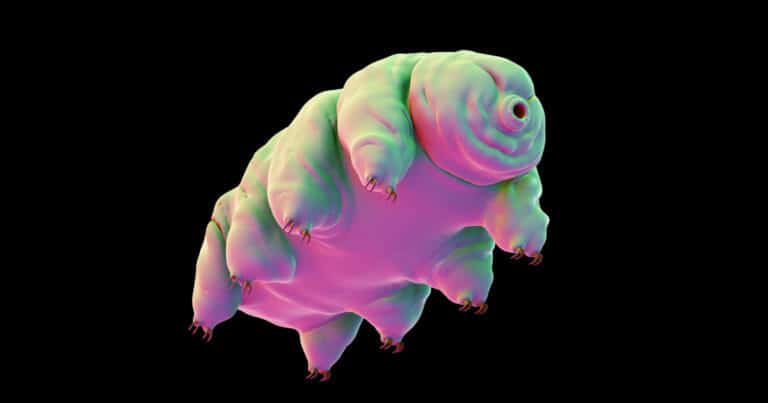The world knows no toughness like that of the water bear, which looks like a cannon wearing a pair of wrinkled khakis. This microscopic critter can survive boiling water (and alcohol too, just to be safe), some of the lowest temperatures in the universe, and blasts of radiation that would kill a human. In the slightly edited but still immortal words of Austin Powers: “Why won’t the water bear die?”
The question has for decades baffled scientists, who suspected the water bear—also known as a tardigrade—mobilizes a sugar called trehalose to reinforce its body and keep its cells from swift destruction. But no longer. In a paper out today in Molecular Cell, researchers claim they’ve found an exclusively tardigradean protein that the creature produces, forming it into a glass bead. It’s in this state that the water bear can pull off such extreme feats of survival—which might be very convenient for human medicine one day.
The problem with the trehalose theory, as it turned out, was that while many other organisms like nematode worms and brine shrimp use it to survive desiccation, not all water bear species produce the sugar under stress. Some of those other organisms produce enough trehalose to make up 20 percent of their body weight. The water bear? Only about 2 percent. Pitiful, really. […]
Full article: The Secret of the Crazy-Tough Water Bear, Finally Revealed
More about tardigrades, AKA “water bears”:
Ancient, near-indestructible ‘water bears’ have crash landed on the moon
A Bizarre Tardigrade Was Found With a Belly Full of Strange, Glittery Material
New species of ‘water bears’ discovered in parking lot — tardigrades

